Description
Enrofloxacin: A Broad-Spectrum Antibiotic in Veterinary Medicine
Enrofloxacin is a widely used, synthetic fluoroquinolone antibiotic primarily employed in veterinary medicine. Its effectiveness against a broad spectrum of bacteria makes it a valuable tool for treating a variety of infections in animals, from companion animals like dogs and cats to livestock and even exotic species. Understanding its uses, mechanism of action, potential side effects, and responsible application is crucial for veterinarians and animal owners alike.
Mechanism of Action:
Enrofloxacin works by inhibiting bacterial DNA gyrase and topoisomerase IV, two enzymes essential for DNA replication, transcription, and repair. By targeting these enzymes, the antibiotic effectively disrupts the bacteria’s ability to reproduce and survive. This mechanism makes enrofloxacin bactericidal, meaning it directly kills the bacteria rather than just inhibiting its growth.
Spectrum of Activity:
The broad-spectrum activity of enrofloxacin is one of its main advantages. It is effective against a wide range of Gram-negative and Gram-positive bacteria, including:
- Gram-negative: E. coli, Salmonella, Klebsiella, Pseudomonas, Proteus
- Gram-positive: Staphylococcus, Streptococcus, Mycoplasma
This broad activity allows veterinarians to prescribe enrofloxacin for a variety of infections affecting different body systems.
Common Uses in Veterinary Medicine:
Enrofloxacin is used to treat a variety of bacterial infections in animals, including:
- Respiratory infections: Pneumonia, bronchitis, and other upper and lower respiratory tract infections.
- Skin and soft tissue infections: Wound infections, abscesses, pyoderma (bacterial skin infection).
- Urinary tract infections (UTIs): Cystitis and pyelonephritis.
- Ear infections (otitis externa and media): Especially those resistant to other antibiotics.
- Gastrointestinal infections: Diarrhea and enteritis caused by susceptible bacteria.
The specific condition and the animal species will dictate the dosage and duration of treatment.
Administration and Dosage:
Enrofloxacin is available in various formulations, including tablets, injectable solutions, and topical preparations. The administration route and dosage are determined by the veterinarian based on the specific infection, the animal’s weight, and overall health.
Important Considerations and Potential Side Effects:
While enrofloxacin is a valuable antibiotic, it’s crucial to be aware of potential side effects and use it responsibly:
- Cartilage damage in young animals: Enrofloxacin, like other fluoroquinolones, can cause cartilage damage in growing animals. Therefore, it’s generally not recommended for use in young dogs and cats unless absolutely necessary and other options are unavailable.
- Retinal degeneration in cats: High doses of enrofloxacin, particularly in cats, have been associated with retinal degeneration and blindness. Careful dosage calculation and monitoring are essential.
- Gastrointestinal upset: Vomiting, diarrhea, and loss of appetite are possible side effects.
- Drug interactions: Enrofloxacin can interact with other medications, so it’s essential to inform your veterinarian about all medications your animal is taking.
- Antibiotic resistance: Overuse and misuse of enrofloxacin, like any antibiotic, can contribute to the development of antibiotic-resistant bacteria. This makes future infections harder to treat and poses a threat to public health.
Responsible Use of Enrofloxacin:
To ensure responsible use and minimize the development of antibiotic resistance, it’s essential to:
- Only use enrofloxacin when prescribed by a veterinarian: Never self-medicate your animal.
- Follow the veterinarian’s instructions carefully: Administer the correct dosage for the prescribed duration, even if your animal seems to be getting better.
- Complete the entire course of treatment: Stopping treatment prematurely can lead to recurrence of the infection and contribute to antibiotic resistance.
- Practice good hygiene: Proper hygiene practices can help prevent the spread of bacteria and reduce the need for antibiotics.
Conclusion:
Enrofloxacin is a valuable antibiotic in veterinary medicine, offering broad-spectrum activity against a range of bacterial infections. However, its use requires careful consideration and adherence to veterinary guidelines. By understanding its mechanism of action, potential side effects, and the importance of responsible use, veterinarians and animal owners can contribute to its continued effectiveness while minimizing the risk of antibiotic resistance. Consulting with a veterinarian is crucial for accurate diagnosis, appropriate treatment, and overall animal health.



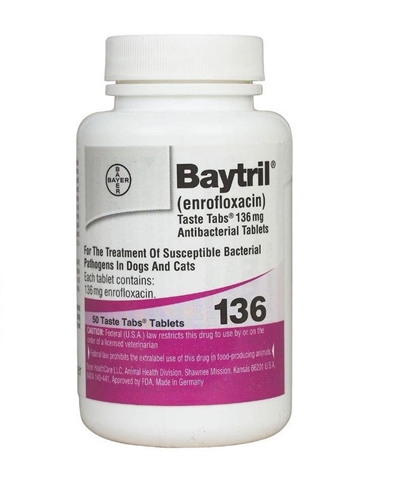



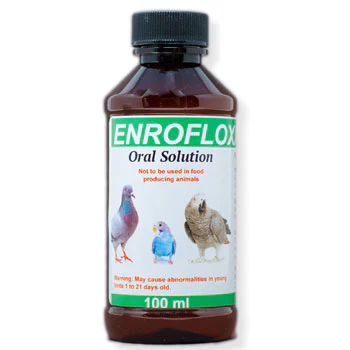
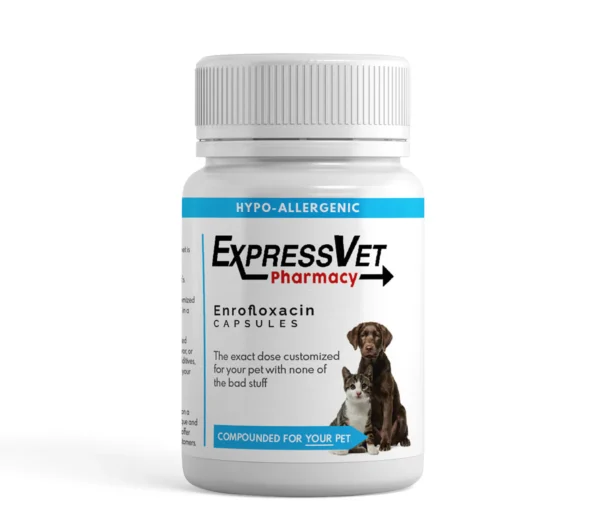
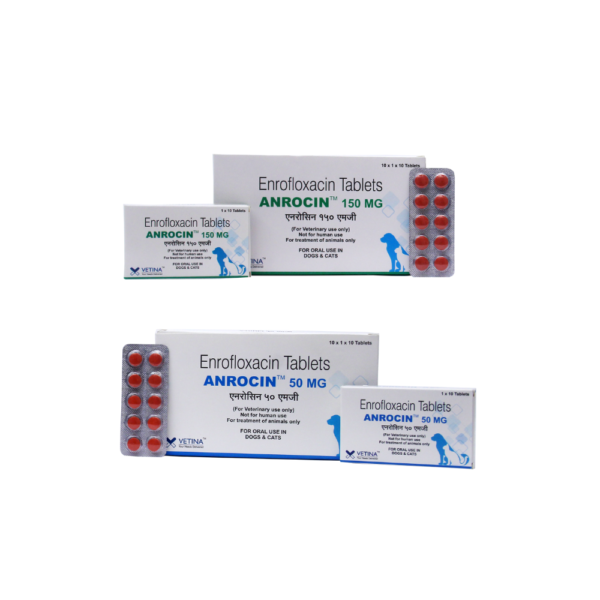

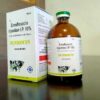


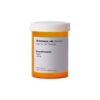

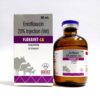
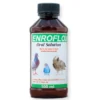
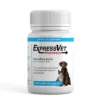



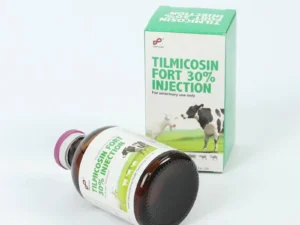
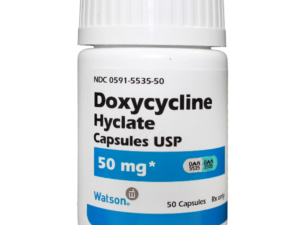
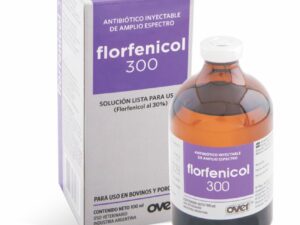
Reviews
There are no reviews yet.